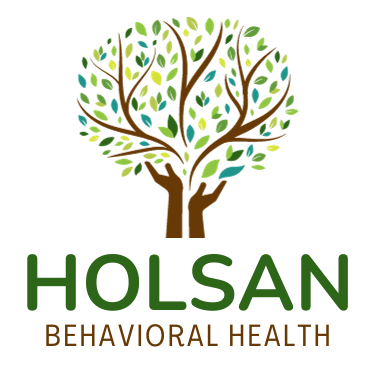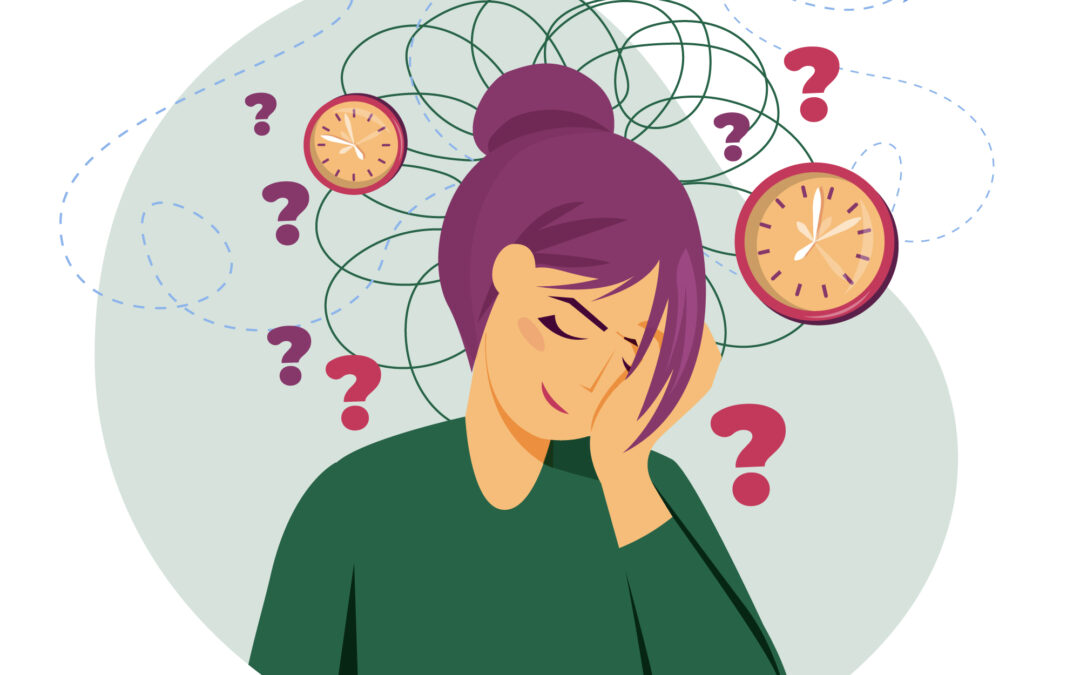ADHD (Attention-Deficit/Hyperactivity Disorder) is one of the most commonly misunderstood neurodevelopmental conditions. It affects both children and adults, yet many people live with ADHD for years before receiving a diagnosis—or never get diagnosed at all. This July 13, on ADHD Awareness Day, we aim to shed light on what it truly looks like and why early recognition matters.
What Is ADHD?
Is a chronic condition that involves a combination of attention difficulties, impulsivity, and, in some cases, hyperactivity. It’s not simply about being distracted or restless—it’s a brain-based disorder that affects executive functioning, emotional regulation, memory, and time perception.
ADHD can look different depending on the person. Some people may seem “spacey” and forgetful, while others are constantly moving or interrupting. Many adults with ADHD develop coping mechanisms that mask symptoms, which can lead to delayed diagnosis and chronic self-blame.
Let’s take a closer look at 5 often-overlooked signs, especially in teens and adults.
1. Constant Mental Restlessness
Many people assume is all about physical hyperactivity—but for some, the hyperactivity is internal. If your brain feels like it’s always “on,” jumping from one thought to the next, or you struggle to relax even when you’re tired, this could be a sign of ADHD.
This internal chaos often contributes to sleep problems and chronic stress.
2. Time Blindness
One of the lesser-known symptoms is time blindness—the inability to accurately sense the passage of time. This can show up as:
- Always being late
- Underestimating how long tasks take
- Struggling to meet deadlines
People with ADHD aren’t careless; their brains simply process time differently.
3. Emotional Sensitivity
ADHD isn’t just about focus—it’s deeply tied to emotional regulation. Many individuals with the condition experience intense emotional reactions and have difficulty calming down once upset. Rejection sensitivity, mood swings, and low frustration tolerance are common yet often misattributed to personality traits.
4. Chronic Disorganization
If your to-do list is endless but nothing gets finished, or your home, inbox, or desk feels like a constant mess, it might not just be poor habits—it could be ADHD. Executive dysfunction makes it hard to plan, prioritize, and complete tasks. It’s not laziness—it’s neurological.
5. Hyperfocus
Ironically, some people with this condition don’t struggle to focus on everything—they focus too intensely on certain things. This is called hyperfocus, and it often occurs with video games, creative projects, or special interests. While it can be a strength, it also leads to hours lost and difficulty shifting attention.
Why Diagnosis Matters
Recognizing ADHD means recognizing how your brain works—so you can stop blaming yourself and start building strategies that work for you. Is highly treatable, and support can include therapy, coaching, medication, or a mix.
At Holsan Behavioral Health, we offer compassionate and individualized care for people struggling with attention challenges, emotional overwhelm, and more. Our team understands that this doesn’t always look the same—and we’re here to help you navigate it with clarity and confidence.
You Are Not Alone
If you saw yourself in these signs, you’re not alone. This can affect every area of life—from work and school to relationships and self-esteem. But the good news is that awareness leads to action. Diagnosis is the first step toward building a healthier, more empowered life.
You are not broken—your brain just works differently, and that’s okay.
You are not alone. At Holsan Behavioral Health, we’re here to walk with you. Awareness leads to compassion—and compassion leads to change

